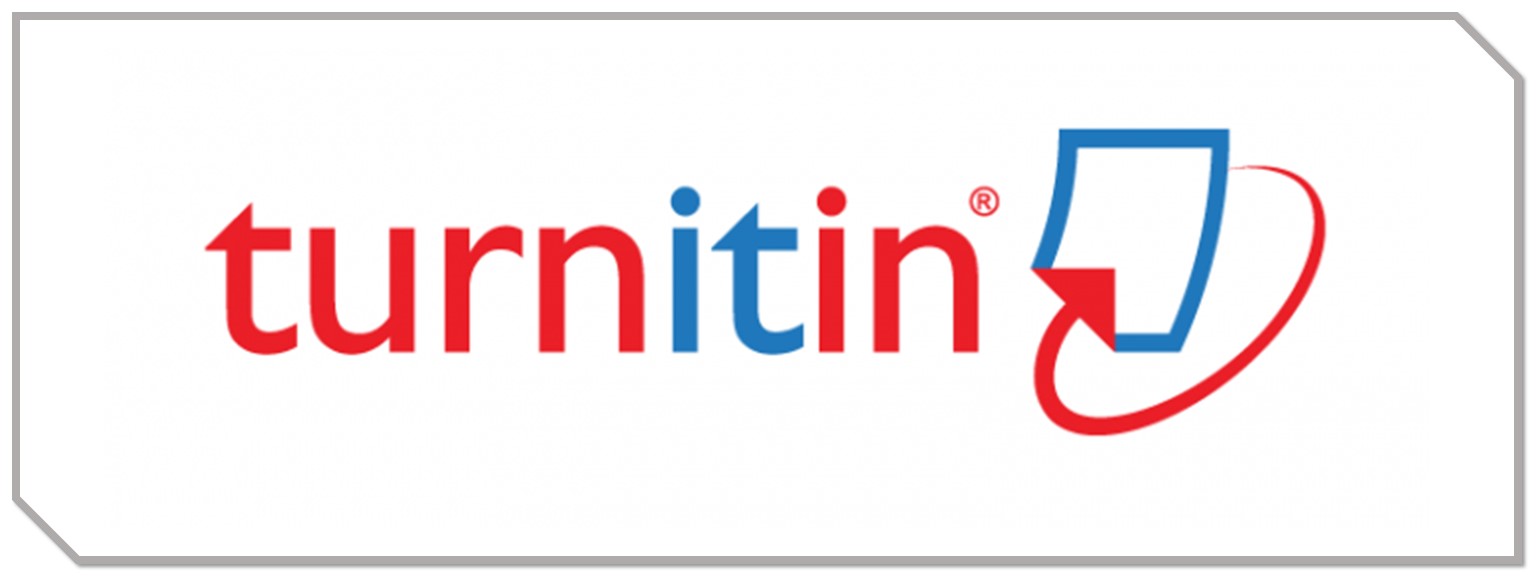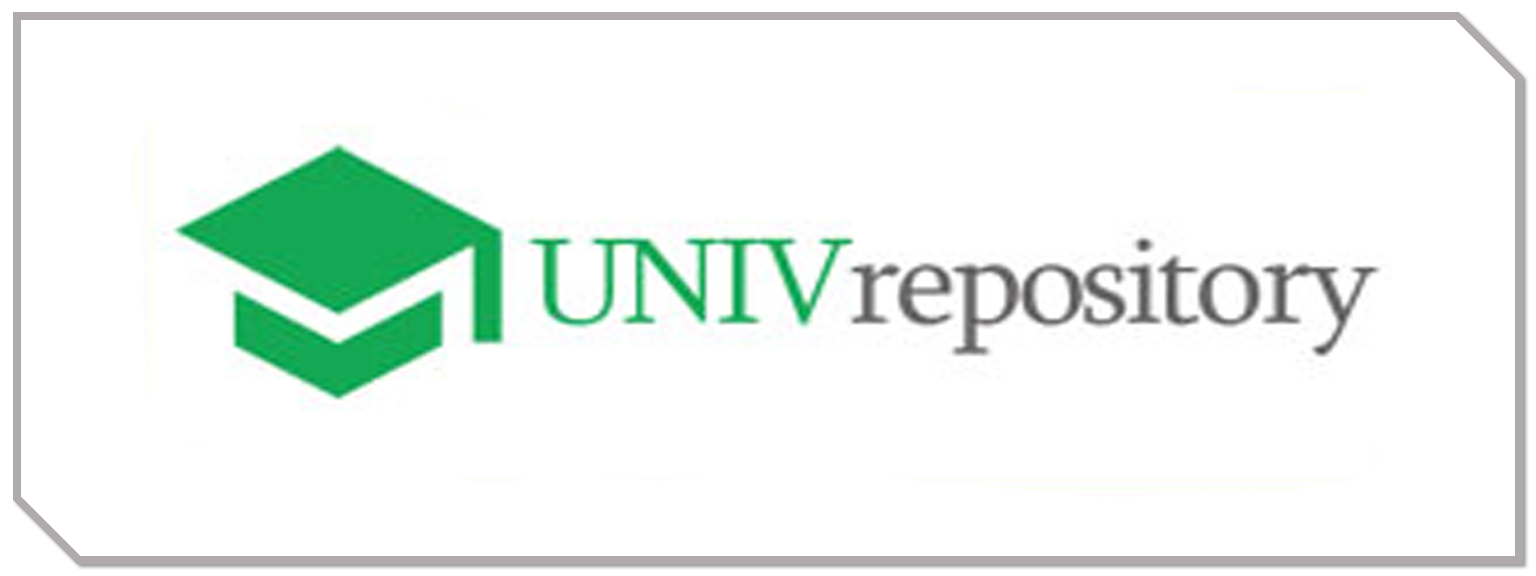Meningkatkan Penanaman Profil Pelajar Pancasila Bernalar Kritis melalui Walking Water Rainbow Experiment
Keywords:
Critical Reasoning, Pancasila Student Profile, Walking Water Rainbow ExperimentAbstract
Today, the independent curriculum is the result of government policies that prioritize the Pancasila Student Profile as the basis for elements: noble character, global diversity, mutual assistance, critical reasoning, independence and creativity. Critical reasoning is one form of application of the Pancasila Student Profile, where children know and process various information obtained, connect, analyze, evaluate and conclude information and reflect on the results of these thoughts through the thinking process and then make decisions based on the final results of the reasoning process. Therefore, walking water rainbow experiment is used as an alternative effort to hone and develop these abilities. Descriptive-qualitative is a type of research with naturalistic or natural methods (naturalistic research method) that focuses on the originality of data sources obtained without a conspiracy process, focusing also on objects, events, and phenomena observed. The subjects in the study were group A with ages 4 – 5 years. Data parsing techniques using interactive models from Miles and Huberman, among others: condensation, display, and interpretation of data. The results of the application of the Walking water experiment show that there is an increase in the ability of critical reasoning in early childhood in an effort to instill the Pancasila Student Profile in the process of which a scientific process occurs (5M): observing, questioning, reasoning, trying, and communicating an event or phenomenon carried out through an experiment.








